Despite tax relief for retailers and large state entities, the manufacturing sector, which is struggling with a prolonged recession, has been levied tax hikes on several occasions in the past few years.
The goal is to increase the share of tax revenues in the budget to make up for the falling oil prices.
In an interview aired on Iran’s state TV on Sunday, Mohammad Reza Mortazavi, secretary-general of Iran’s House of Industries, Mining and Trade, said taxes imposed on manufacturers rose by 23% in the last Iranian year (March 2015-16), compared with the year before, the Persian daily Shahrvand reported.
“Manufacturing taxes also rose by 32% during the fiscal year to March 2014 following two years of consecutive 18% increase,” he added.
Domestic industries are grappling with a lingering slowdown. Manufacturing has been in a deep recession as a result of sanctions imposed for years on the Iranian economy over Tehran’s nuclear program, among other reasons. Embargoes kept the trade sector in check and blocked access to technologies, machinery and raw materials, increasing costs and reducing demand.
The excessive increase in manufacturing taxes has been a shock to industrialists who are expected to be the beneficiaries of the sanctions relief Iran was granted in exchange for limiting the scope of its nuclear energy program. This was part of a major deal Iran struck with six world powers last year.
Years of restrictions on Iran’s foreign transactions, which were mostly associated with a nosedive in oil price, left the Islamic Republic with a tight budget, forcing the government to reconsider its tax code.
Lack of a comprehensive economic database, widespread tax exemptions, complicated and ambiguous regulations, along with a general failure to uphold the law, are minimizing tax revenues.
The government’s tax revenues in the seven months to October 22 stood at about $10.45 billion, which is 84% of the estimated target, as opposed to last year’s 90%, according to Iran’s National Tax Administration.
About 60% of Iran’s economy do not pay tax, including 40% that are exempt from tax and the 20% who evade tax payment. Tax evasion is estimated at 300 trillion rials ($7.5 billion) annually.
The budget bill proposed by the government for the 2017-18 fiscal year projects larger revenues from taxes than oil exports–up to 70% of the overall revenues.
By rolling back tax breaks, the government could, at least in theory, cut its budget deficit, which stood at 430 trillion rials ($10.7 billion) in the first half of the current Iranian year (started March 20).
0.1 Percent
Taxes on retailers and state entities have either been eased or increased slightly. The government earlier said it has not increased retail taxes for the current year.
As for state entities, figures show their tax rates have been on an overall decline in recent years. These establishments hold a meager 0.1% share from Iran’s tax earnings.
Most of these organizations are nonprofit or charitable entities that have recently engaged in large-scale economic activities.
“Exempting non-economic activities of these entities is reasonable from a policymaking viewpoint. But tax relief for their economic activities is not economically logical,” says board member at Iran’s House of Industries, Mining and Trade, Hamidreza Salehi.
“For example, although private contractors pay heavy taxes, economic entities and construction companies affiliated with the armed forces do not.”
Tayyebnia once pointed out that state-controlled companies have thrived due to these exemptions, in what is reminiscent of pre-revolution 18th-century France.
These and other reasons have to a decline in tax revenues, according to INTA. This is while tax revenues account for 25-30% of GDP in developed countries.
The inefficiencies of Iran’s tax polices go much deeper, as it is failing to tax the gray economy that makes up about 20% of GDP.
Mehdi Pourqazi, a member of Iran Chamber of Commerce, Industries, Mines and Agriculture, said tax revenues should be increased by indentifying violators and those who are active in underground economic activities, instead of putting pressure on manufacturing firms and what he calls “the transparent part of the economy”.




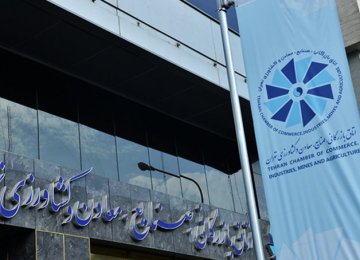
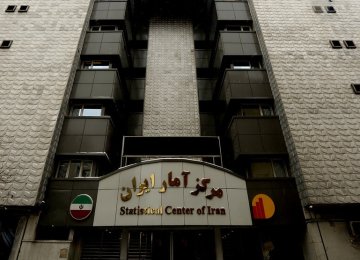
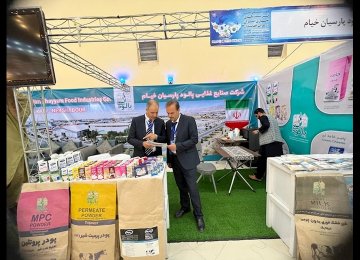


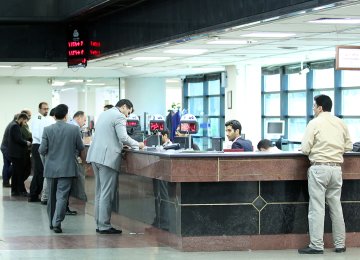
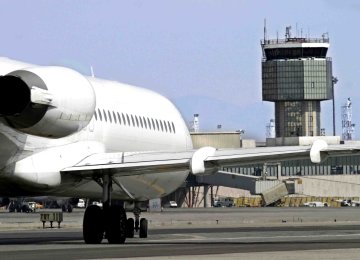


Add new comment
Read our comment policy before posting your viewpoints